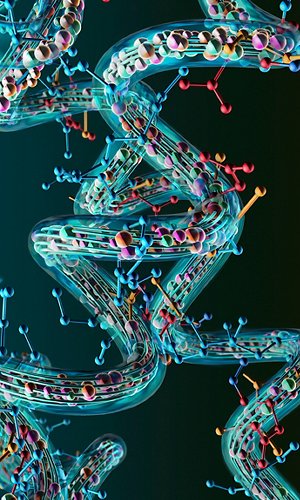The human body never ceases to amaze. One of its lesser known and peculiar aspects is the presence of anatomical structures in places where we least expect them. Take, for example, the taste buds - receptors for flavour - found all over our body. Why is that? Science remains uncertain and has yet to provide a definitive answer. The taste buds on our tongue allow us to perceive the five basic tastes: sweet, salty, sour, bitter and umami, which is a Japanese term for 'savoury' and refers to the flavour of glutamate - an amino acid found in soy sauce, meat and many cheeses.
Taste buds act as tiny chemical laboratories: they analyse the molecules released by food and convert the information gathered into electrical signals that are sent to the brain. It is then up to the cerebral cortex, in particular the gustatory cortex, to interpret these signals and translate them into flavours. Now, it makes perfect sense for taste receptors to be found in the mouth and even in the intestine, but it is more difficult to explain why taste buds should be found in other organs. The answer lies in the nature of these receptors: they are like chemical analysis laboratories. They are useful where tissues need to monitor the chemical composition of cellular secretions and respond appropriately. This is why there are sweet taste receptors in the beta cells of the pancreas, as they contribute to regulating insulin production. Taste receptors are found in the trachea and bronchi, although their precise role in immune response remains unclear. Unlike the taste buds in the mouth, those in other organs do not transmit electrical impulses to the brain, so we don't perceive flavours through them. In a wide range of tissues, these receptors have strictly localised functions.



